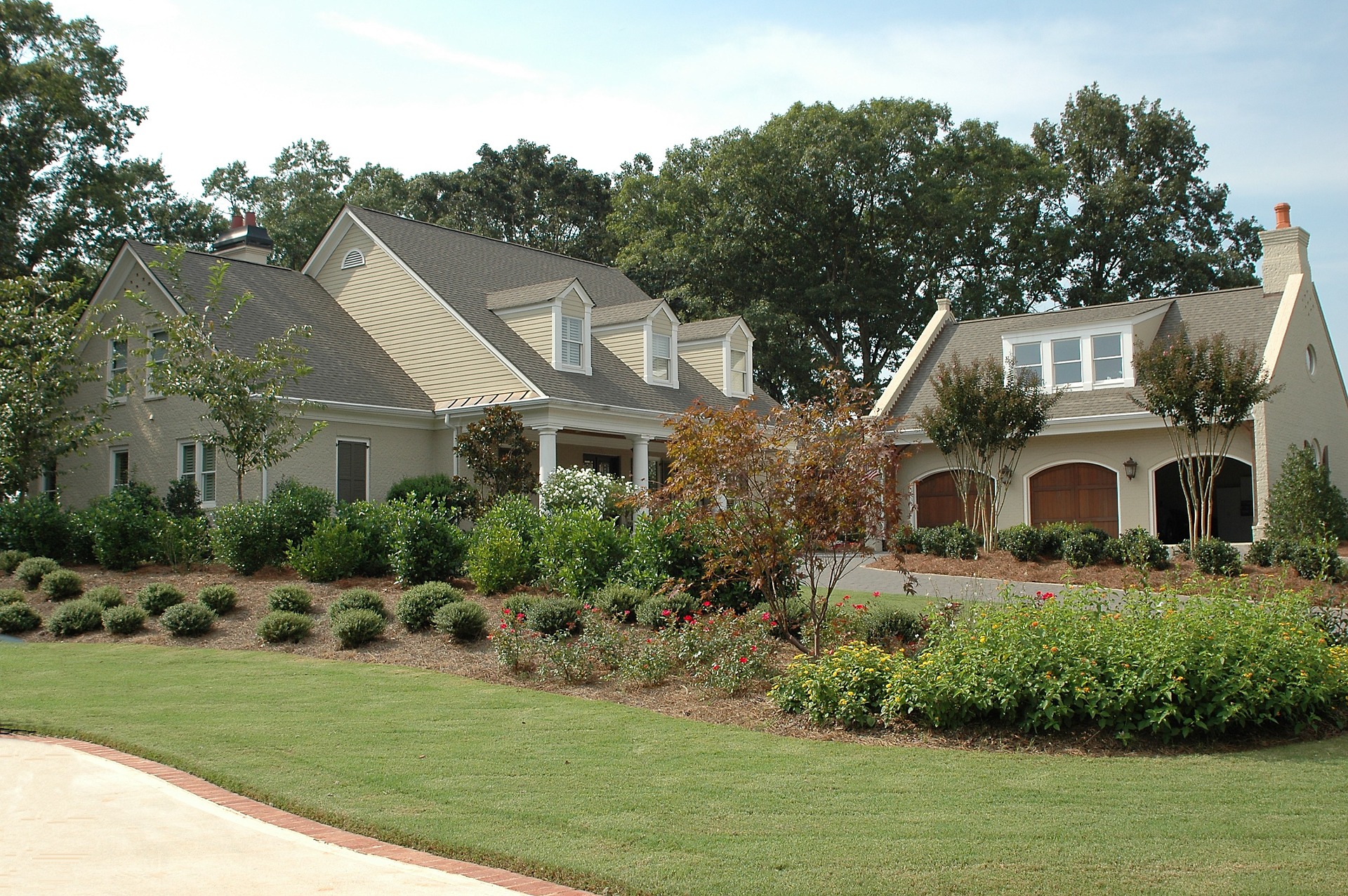The tax credit program from which allocations are deriving for the last 20 years have built affordable in The Windy City have gone primarily to high-poverty majority-Black areas on the South and West sides. They are underrepresenting in more wealthy white areas. Another sign of obstinate segregation in the city.
Tax Dollars and How its Awarded
On Monday, the Chicago Department of Housing (DOH) released a “racial equity impact assessment” on how it awards those millions of tax dollars. There is a public example of this type of assessment. Moreover, how racial groups are affected by policies or decisions. Changing this program is the city’s self-critique. It large policy win for advocates for affordable housing.
Racial Discrimination is Out
“This country’s autopilot is racial discrimination. We don’t want to perpetuate racial discrimination and we are actively trying not to do it. Moreover, we have to put structures in place. There will have to be a continuing process of examination and accountability of how our programs work,” said Marisa Novara, the city’s housing commissioner.
Tax Credits Initiative
Moreover, the largest federal initiative for building affordable housing is the Low-Income Housing Tax Credits (LIHTC). This program started in 1986. Developers get tax credits as the incentive to create affordable apartment rentals under this program. Its racial assessment of LIHTC is the first of such examination of the program in the country, the city said.
Under the program, developers receive tax credits as an incentive to create affordable apartment rentals. The city said its racial assessment of LIHTC is the first such examination of the program in the country.
Tax Credits Have Attributed to Thousands of Low-Income Units
The city’s LIHTC program, since 2000, has allocated tax credits to develop or preserve roughly 10,000 low-income units across the city. Therefore, there has been a 60 percent allocation going to high-poverty areas. This is according to the city’s assessment. Moreover, in terms of race, fewer than 20% of LIHTC units are in majority-white neighborhoods.




